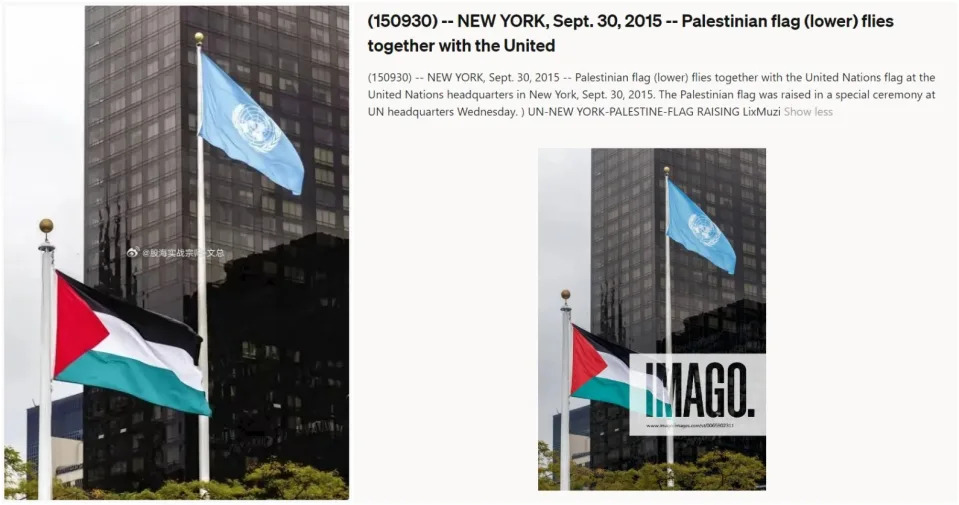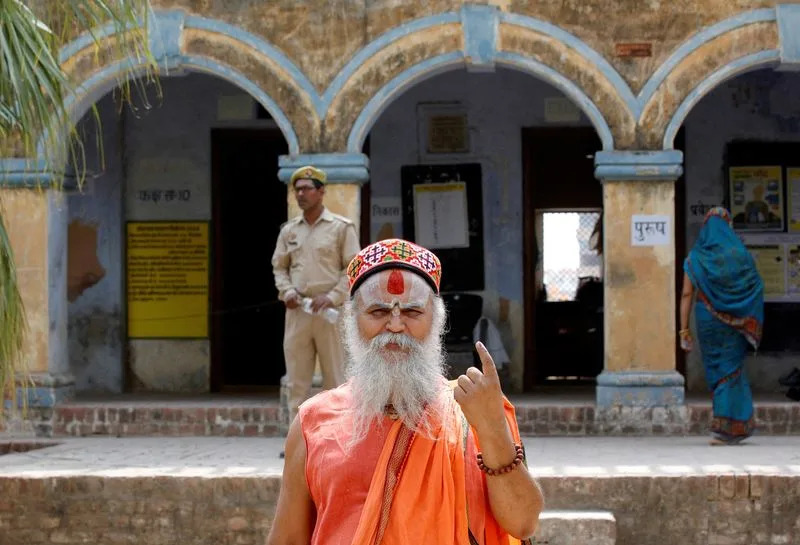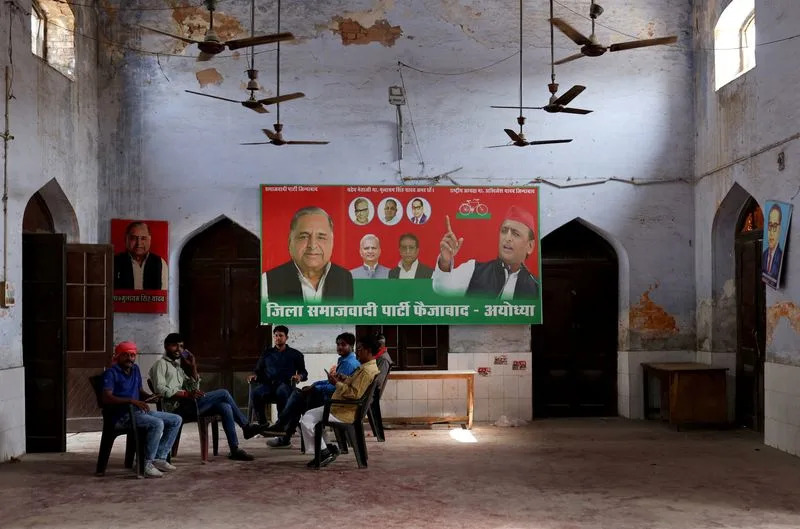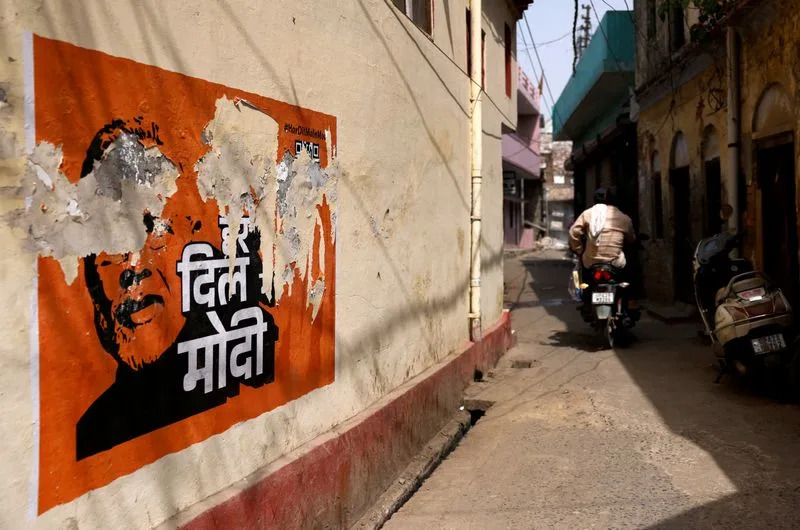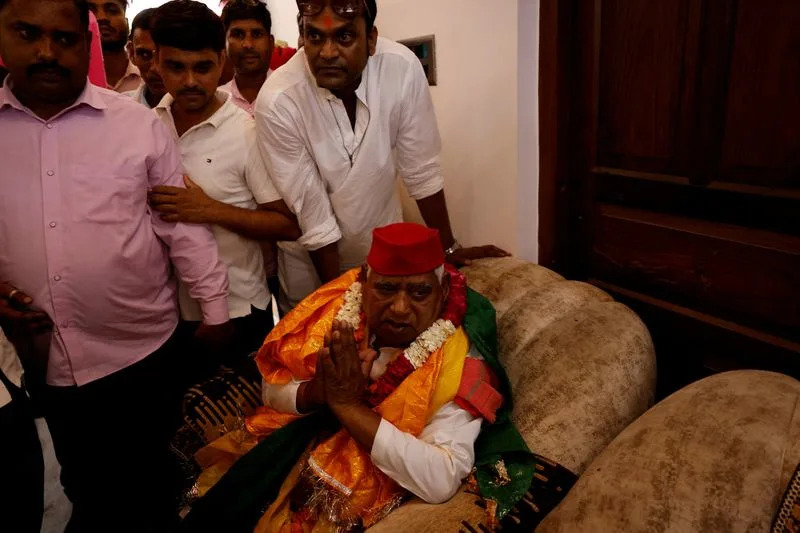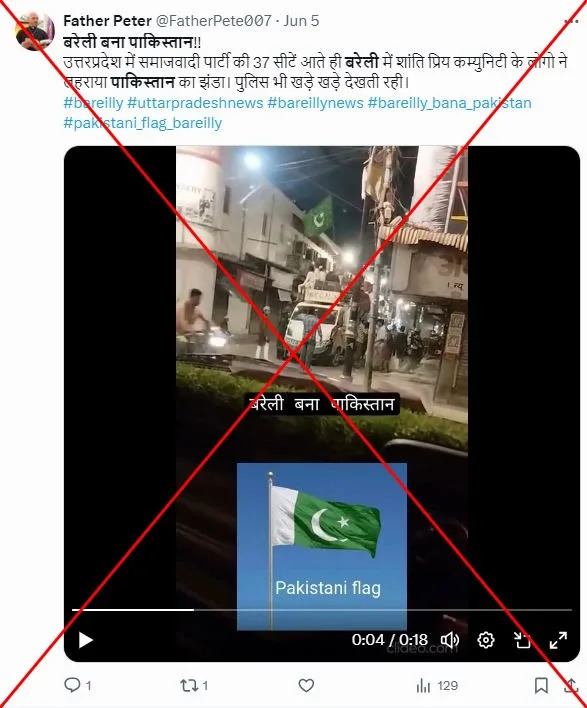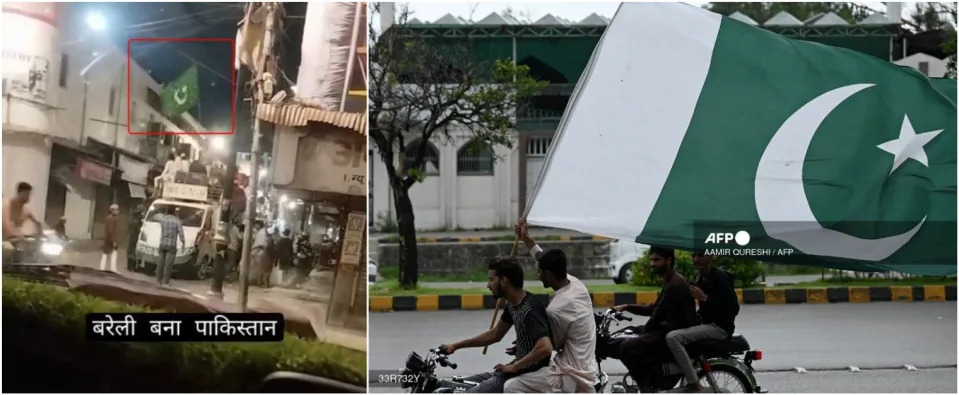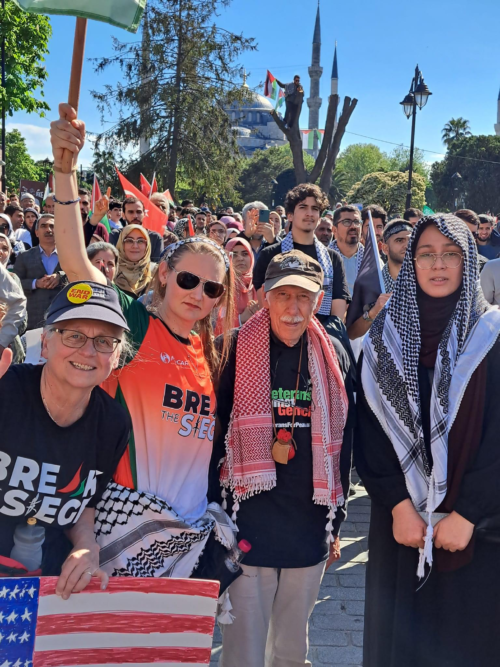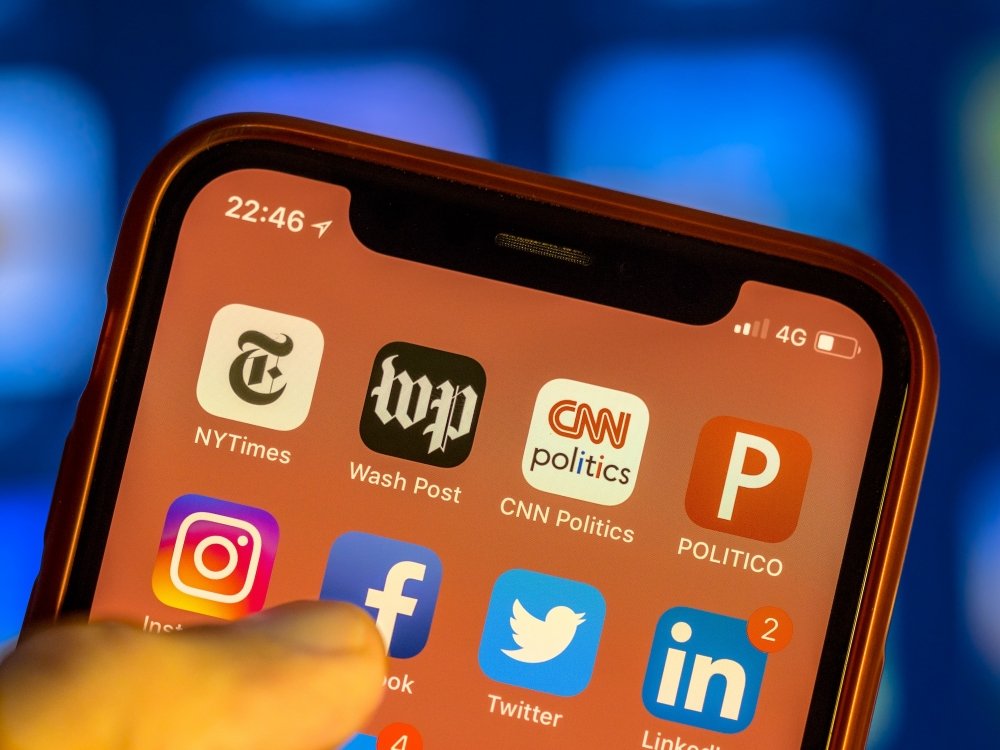
Jeanine Santucci, USA TODAY
Sun, September 18, 2022 at 4:00 AM·6 min read
Across the country, dozens of schools went on lockdown. Students and teachers hid in classrooms. Police searched campuses. Parents panicked.
Each time, there was no threat. Officials say there's been a wave of false reports of school shootings and threats of violence over the last several days. USA TODAY found at least 30 active shooter false alarms and threats made at schools last week.
Authorities haven't publicly said the incidents are related, but experts say these intentional false reports have similarities. Their origins can be difficult or impossible to trace, but waves of false alarms are often the work of disgruntled pranksters trying to disrupt school or malicious bad actors trying to sow fear. And such hoaxes seem to increase around this time of year with students returning to classrooms.
"A red flag... is when you start seeing a chunk of these very similar threats in multiple cities in one area or region or state, and then others in another state. It's usually a red flag for what they call swatting," said Kenneth Trump, a school safety expert.
"Swatting" is making a hoax call to law enforcement to deliberately cause a large police or SWAT team response. Sometimes, an individual does it to single out someone specific, but the calls can also be done in waves as a trend to seemingly random targets.
MORE ON SHOOTINGS: Mass killings database reveals trends, details and anguish in every US event since 2006
INCREASED VIOLENCE: Shots fired in US schools spiked dramatically last year, gun violence report finds
False school shooting reports in Florida, California and more
In Texas on Tuesday, Houston authorities received a call that said two shooters were rampaging Heights High School and 10 students had been shot. Police did a room-by-room search of the school. They found no trace of a shooting.
Similar false reports happened at several other schools in Texas and California that day.
On Wednesday, threats made on social media temporarily shuttered schools in the Thorndale Independent School District in central Texas, Eisenhower High School outside of Houston and a false shooting report put a Fresno, California high school on lockdown.
The same thing happened Thursday in Santa Barbara, California where another false shooting report was phoned in, and in Northampton, Massachusetts, where a school received a bomb threat on social media.
False shooting reports were also called in about schools in Florida, Arkansas, Oregon, Illinois, Kansas and Oklahoma.
Fear among students, parents during hoaxes

Seventeen-year-old Ray High School junior Amaris Sanchez talks on the phone outside the school after police responded to a false report of an active shooter on Friday, Sept. 16, 2022. The report prompted a lockdown before police determined it was false, and students were released early.
Amaris Sanchez, 17, was in English class at W.B. Ray High School in Corpus Christi, Texas, on Friday when the school went on lockdown after police got a call about an active shooter on campus. It turned out to be false.
“I was mentally preparing myself, you know, whatever happens,” Sanchez told the Corpus Christi Caller Times, part of the USA TODAY Network. “It was a very scary moment because you don’t know what was going to happen. I didn’t know at the moment if I was going to be OK.”
Belen Alaniz, a parent of two children at South Fort Myers High School in Florida where a false shooting report was made Friday, told the Fort Myers News-Press, part of the USA TODAY Network, she left work immediately when she heard about a shooting on campus.
"The first thought was leaving work and I didn't care," Alaniz said. "I told my manager, 'I'm leaving,' and I ran out the door. I didn't even clock out because that's how afraid I was."
FBI probing possible connections in slew of threats
Local FBI field offices in a few states are working with police to determine whether there is a connection between some of the threats.
“We’re working with local authorities and our field offices nationwide to determine if there is a link. Obviously, any hoax threat to a school can have serious consequences for students, teachers and others, as well as first responders, and can be prosecuted as a crime," said Laura Eimiller, a spokesperson for the FBI's Los Angeles field office.
HISTORIC HIGH: It's not just Uvalde, Texas — gunfire on school grounds is at historic high in the US
AFTER UVALDE: Texas school shooting report finds 'systemic failures' in law enforcement response
In the wake of the elementary school shooting in Uvalde, Texas, that killed 19 fourth-graders and their two teachers, schools and families across the country are on high alert and in a constant state of anxiety over school safety, Trump said. "People are on edge," he said.
Many of the recent false alarms have fallen into two categories, said Trump, who said he has no relation to the former president and heads the Cleveland-based National School Safety and Security Services.
In some cases, threats are made by members of the local community, oftentimes teenagers or young adults who are disgruntled with the school or who might be trying to pull a prank or get out of a test.
"They're not realizing that once you press send, you can't put the threat back into the smartphone," Trump said. "And then when the ton of bricks hits, as happens in many other teen bad decisions, in this case, you're getting significant consequences."
Those consequences can include suspension, expulsion, criminal prosecution and serious fines. Just last week, authorities say teens were charged in Michigan and Florida for making school shooting threats.
The other category of swatting threats comes from malicious outside parties that often have no connection to the schools or the local communities. They can be generated from anywhere in the country or even internationally.
"The FBI is aware of the numerous swatting incidents wherein a report of an active shooter at a school is made. The FBI takes swatting very seriously because it puts innocent people at risk," the FBI said in a statement to USA TODAY.
Hoax threats drain resources, traumatize students and staff
Students and parents reunite at South Fort Myers High School after a threat of a gun was called in Friday afternoon. Lee County Sheriff's Office declared that there was no active shooter after officers searched the school. It was declared a "swatting" incident.
The false reports of active shootings can traumatize students and staff. They also drain significant resources from schools and local authorities.
"Non-credible school hoaxes are a serious offense that Los Angeles Unified takes seriously. Threats disrupt the educational environment, increase stress levels, and interfere with law enforcement's ability to protect schools from real dangers. It also poses a serious risk to our community, draining resources and occupying the time of critical first responders," the Los Angeles Unified School District said in a statement after a hoax report of shots fired at Hollywood High School last week.
The swatting threats can also pose a serious risk of injury. In 2017, California resident Tyler Barriss made a swatting call reporting a fake hostage situation after arguing with a fellow gamer playing "Call of Duty." He gave an address of an innocent, unrelated person who police ended up fatally shooting during their response. Barriss was sentenced to 20 years in prison.
An uptick in these types of calls isn't unusual this time of year, Trump said. There's also a spike in the spring, and a wave of copycat threats in the wake of any mass school shooting. But the last several days have seen a higher number of incidents.
"I don't like to use the word prank," Trump said. "It's not really a prank that we're seeing, it's really a cruel hoax."
This article originally appeared on USA TODAY: Schools hit with fake shooting threats across US; FBI probes possible link



